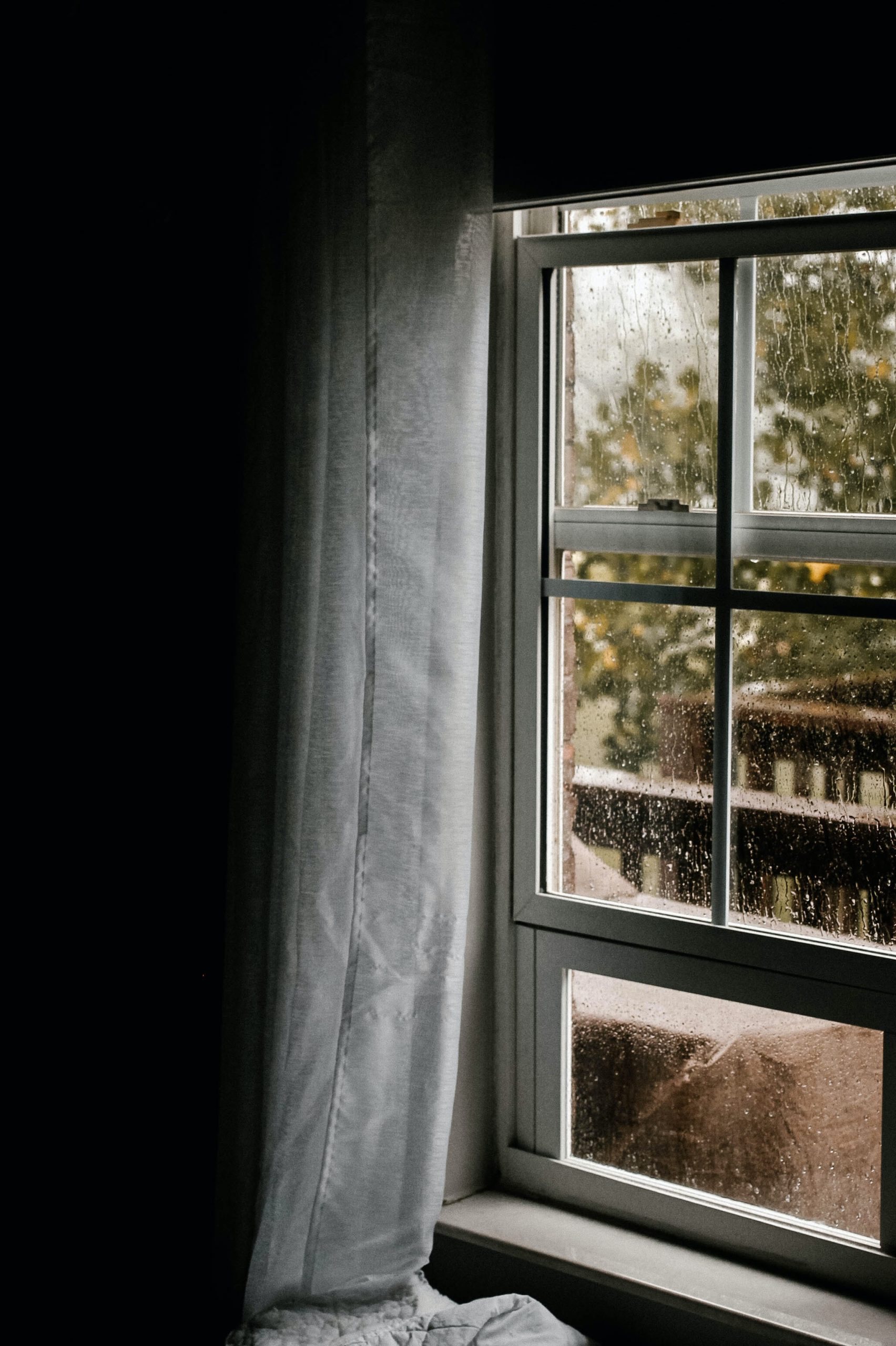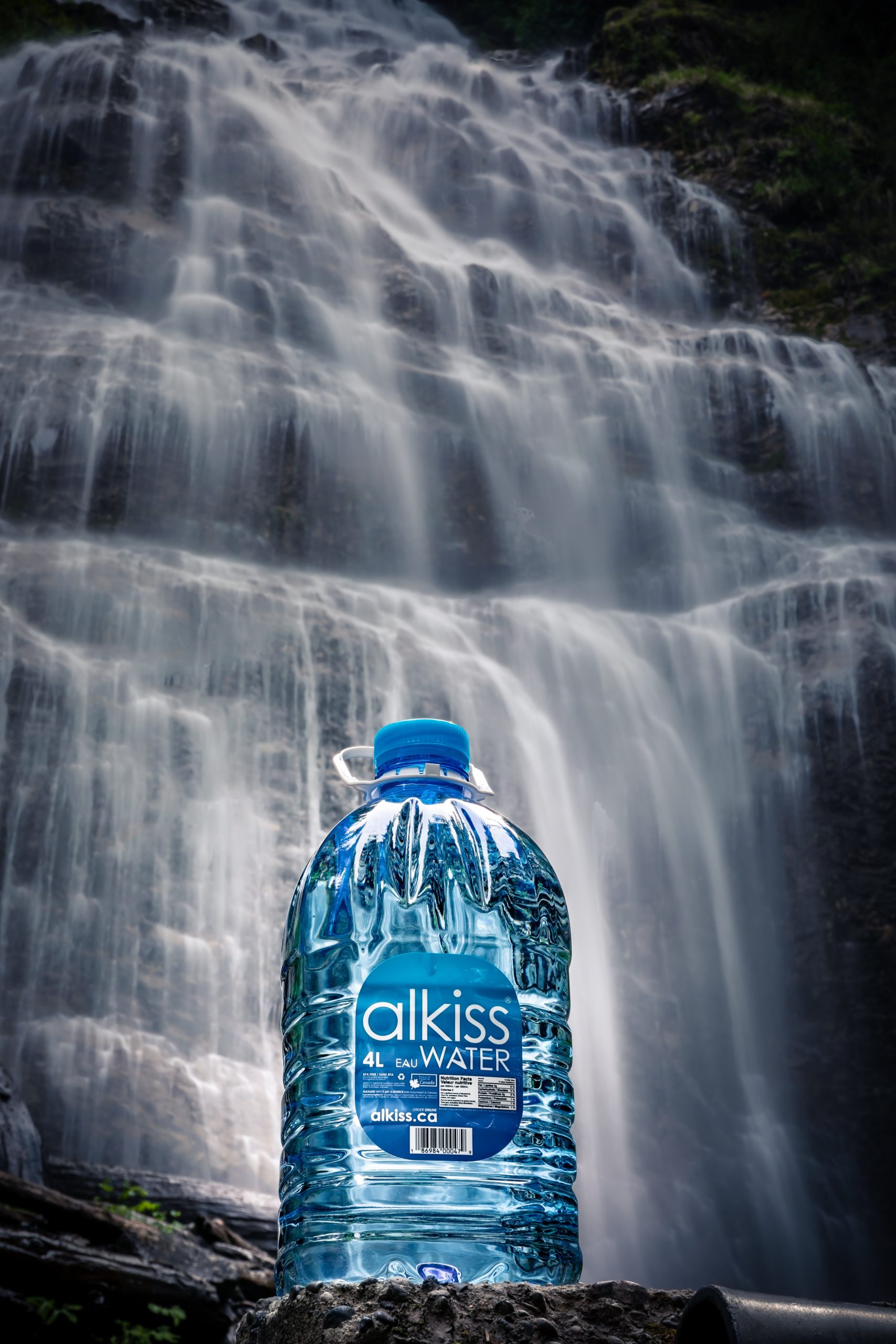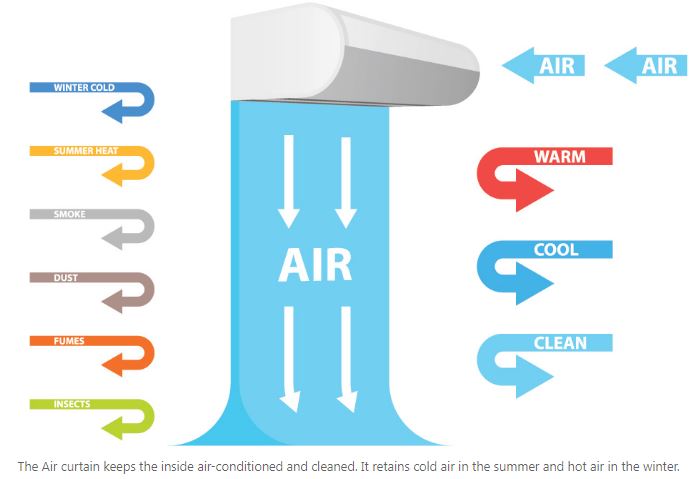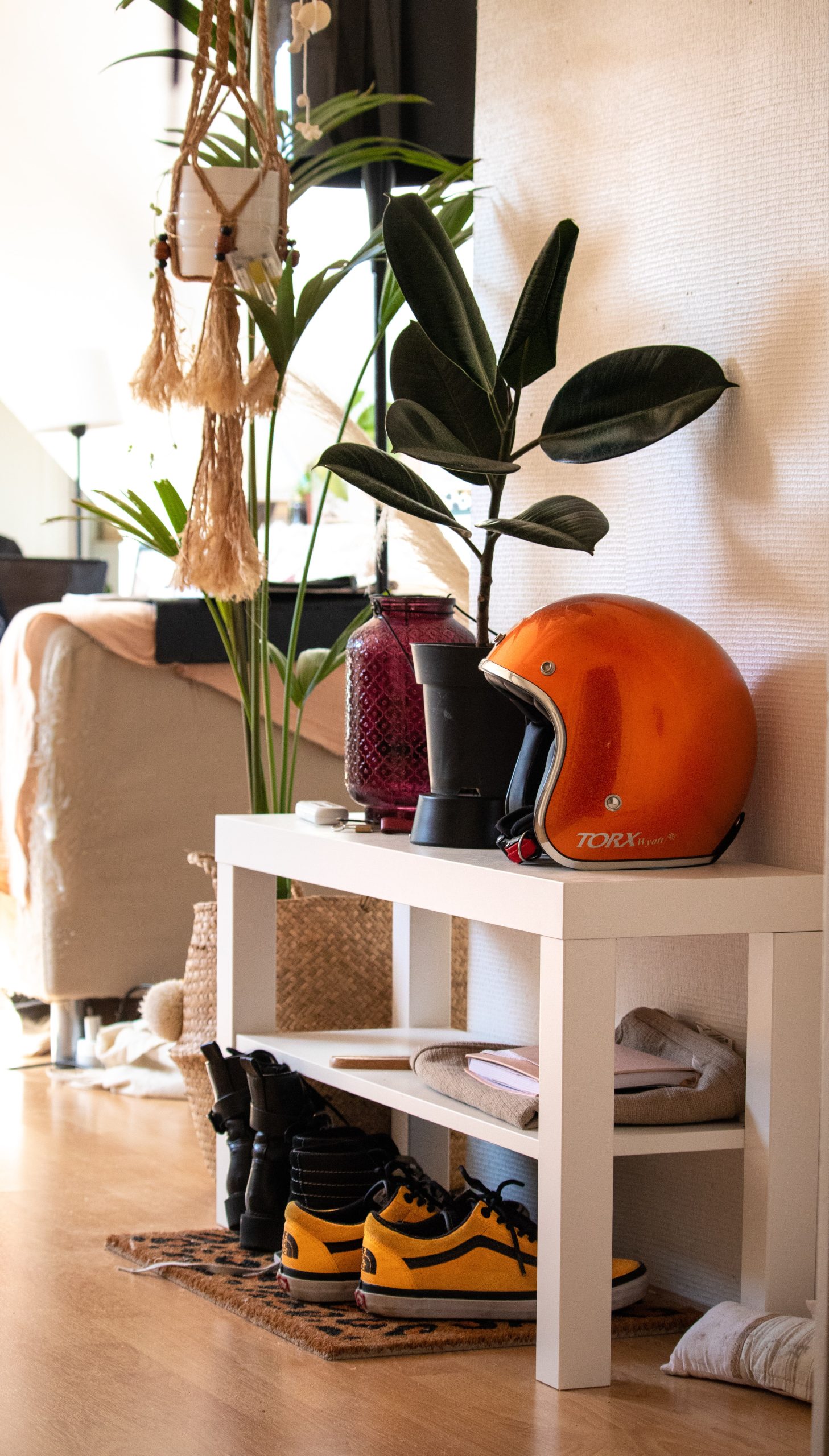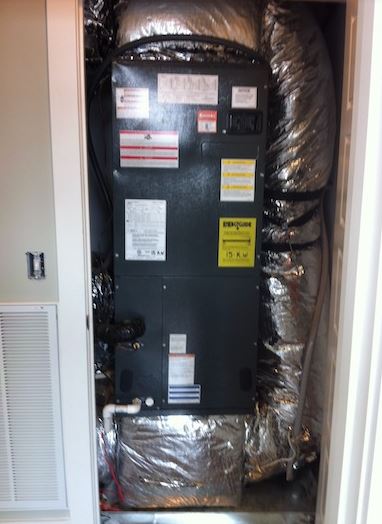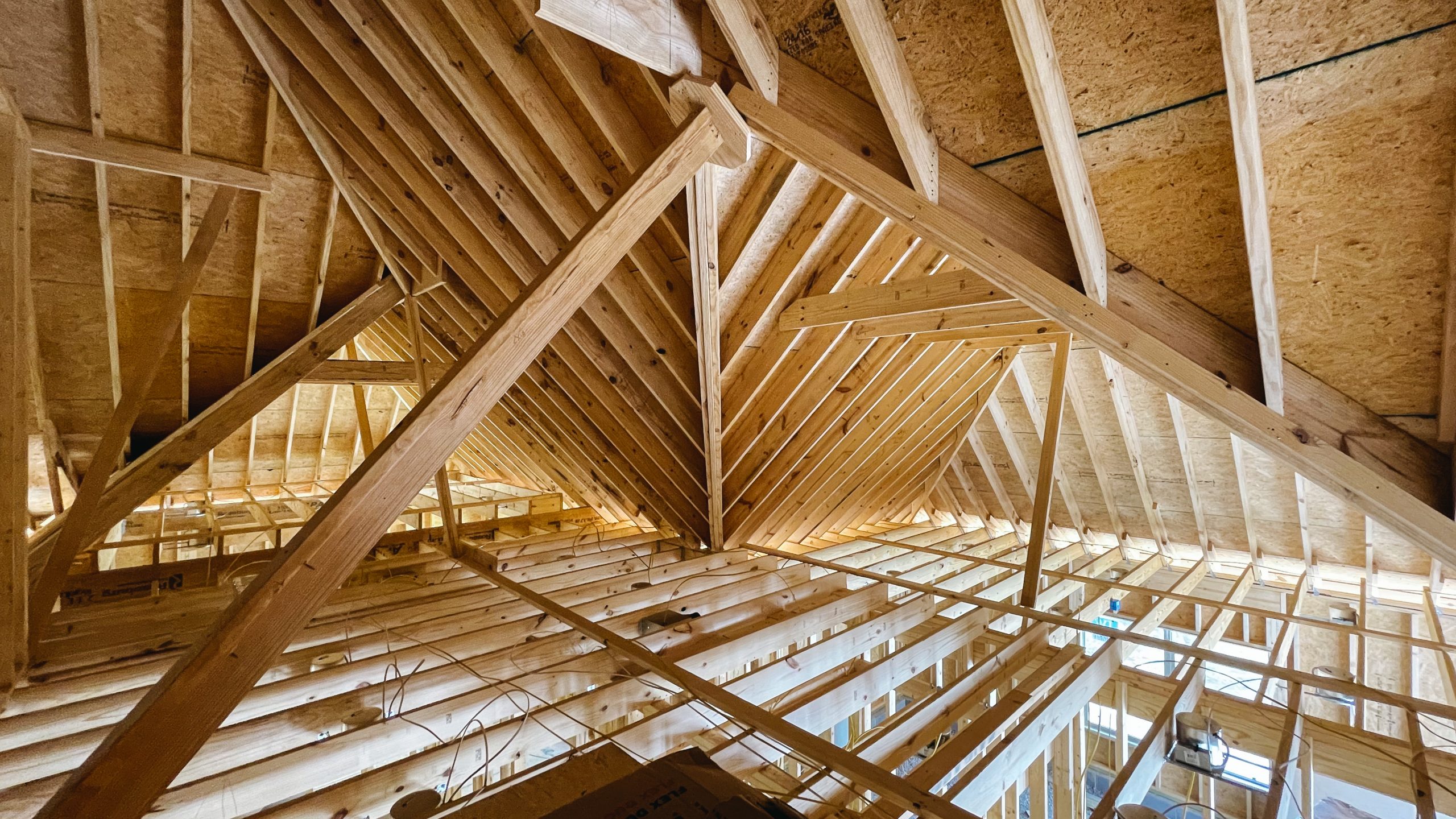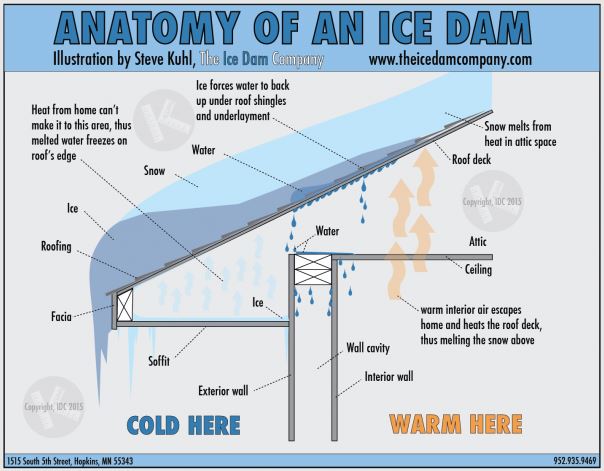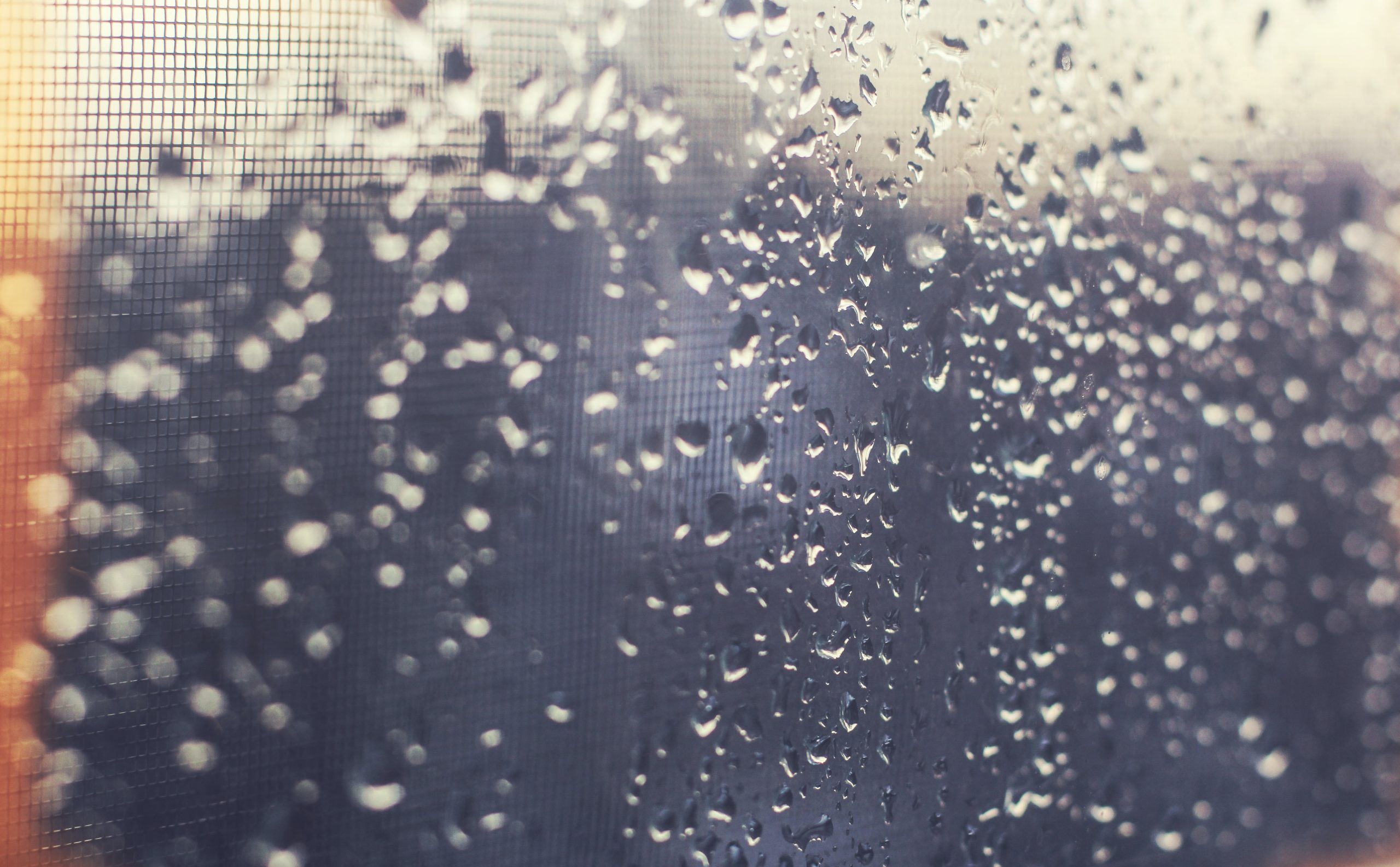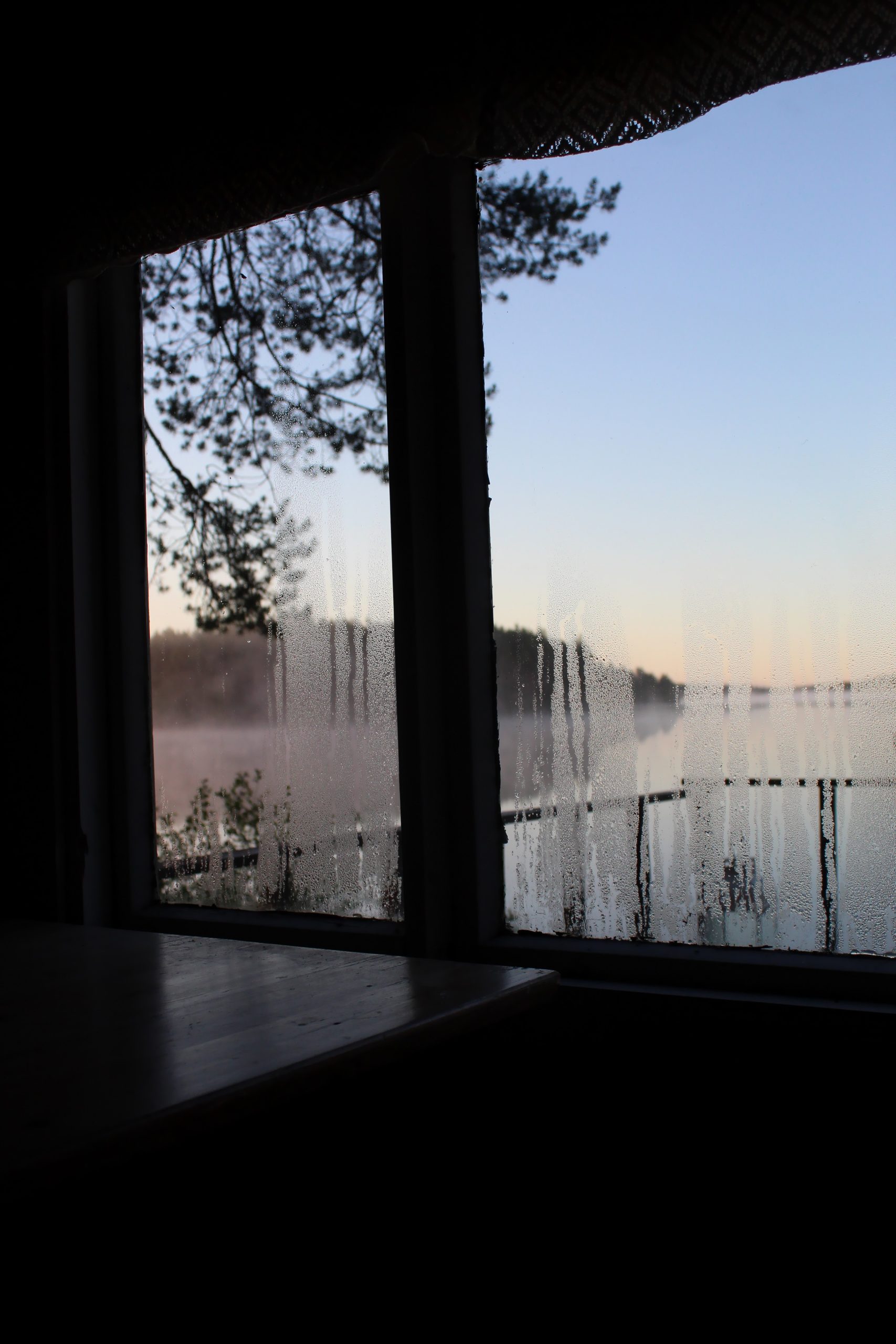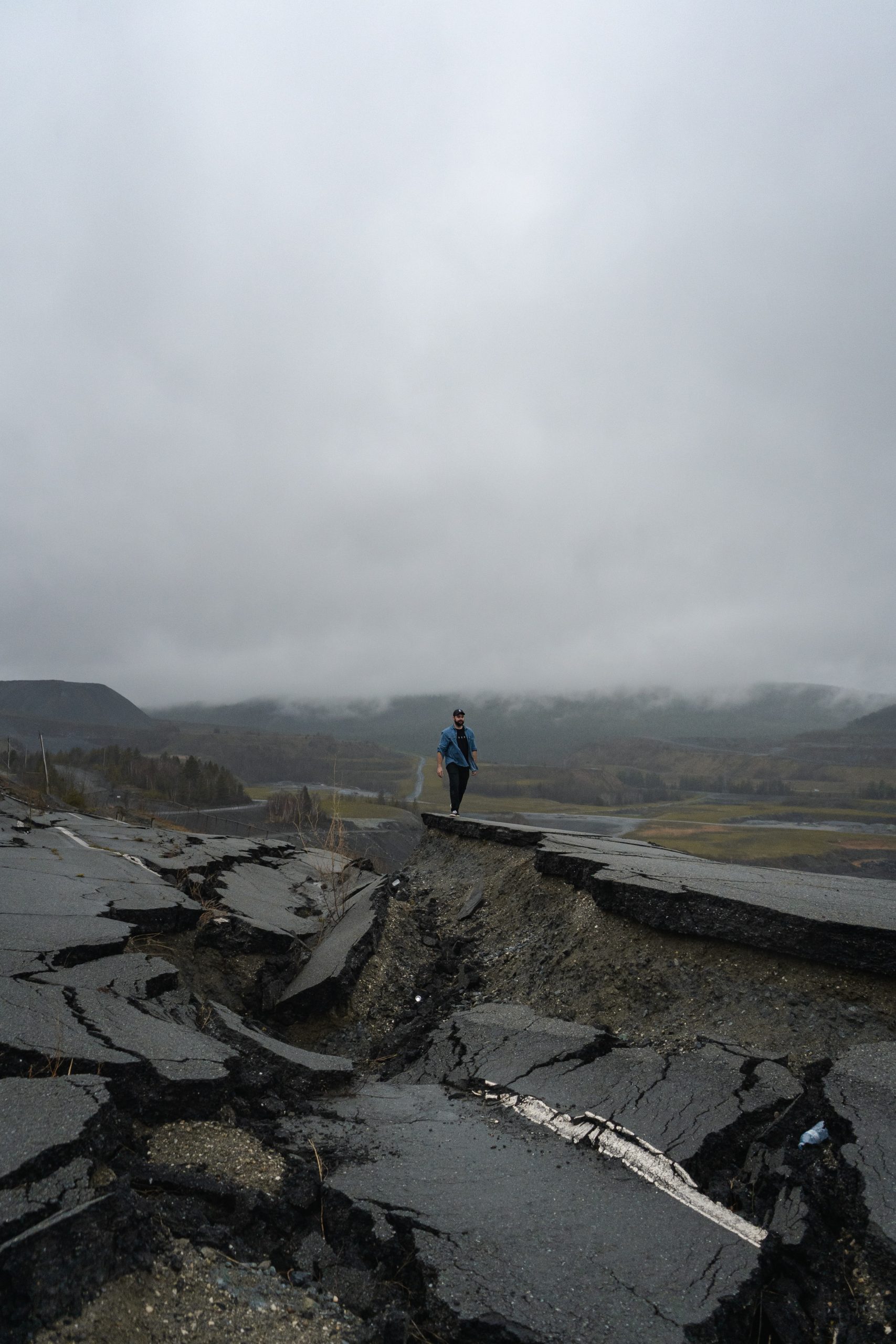Although I thought that alkaline water became a fad in the early 2010’s when it became readily available in the bottled water market, in fact it was almost 80 years earlier that scientists began to research the effects of alkaline and “ionized” water on the body. To begin, let’s talk about what alkaline water is.
Water is super-important to our bodies and health, of course. There are many properties of water, and pH ("potential of hydrogen" or "power of hydrogen") is one of them. pH describes the acidity or basicity by measuring concentrations of the hydrogen ion, H+. Chemically, water is made up of hydrogen and oxygen atoms sticking together in its famous “H2O” formula. More free hydrogen ions in water (which are the proton of the hydrogen atom when it is stripped of its electron, denoted H+), cause water to be more acidic. Water that has more free hydroxyl ions (OH-, read more about hydroxyl ions in the air here) is basic. Electronic pH meters measure the potential (electric charge) between 2 electrodes immersed in water or other liquids, to assess the hydrogen ion activity in the solution. (Britannica.com)
The pH scale ranges from 0 (very acidic) to 14 (very basic) and the number 7–in the middle of the scale–is neutral, meaning it is neither acidic nor basic. This seems simple, but this is not a linear scale–it’s logarithmic. Each number represents a 10-fold change in the acidity/basicity of the water. Water with a pH of five is ten times more acidic than water having a pH of six. The EPA recommends a pH of 7 to 8.5 for drinking water, and for reference black coffee has a pH of about 5 and typically handsoap falls between 8 and 10 (the soap shown below is likely soap used in automatic dishwashers). Our blood is about 7.35 pH.
Source: siamhillscoffee.com
Now that we understand a little more about pH, I can add a layer of complexity: alkalinity and pH are not the same.
The above chart shows relative pH, the concentration of acid protons [H+]. On the other hand, the alkalinity of a solution is its ability to neutralize acids. Alkalinity consists of ions that incorporate acid protons into their molecules so that they are not available as a free acid that can lower the pH. This is known as buffering. (What is the relationship between pH and alkalinity?) “Natural” or “mineral” waters contain higher concentrations of carbonate (CO32-) and bicarbonate (HCO3–) ions, which are the buffers, than purified waters. Thus they have greater alkalinity or potential to neutralize acids.
Alkaline water is a very controversial topic because for some years, proponents stated that it changes the pH of your blood (to create an environment inhospitable to cancer and other diseases). This theory is not true. Our bodies tightly regulate the pH of our blood, and if it changed significantly, it would be a life-threatening condition, such as diabetic ketoacidosis. Acidosis refers to having blood that’s too acidic, or a blood pH of less than 7.35, while alkalosis refers to having blood that’s too basic, or a blood pH of higher than 7.45. (Healthline.com). Alkaline water does not change the pH of the blood, however, only the urine. This is because the acids in the stomach counteract the alkalinity in the water, before it is absorbed by the body. (henryford.com)
Although research is ongoing, the more plausible cause of health benefits from drinking alkaline water is its acid-neutralizing and antioxidant potential. There are several ways to make tap water more alkaline: electrolysis, light irradiation, ultra-sonication, treatment with a magnetic field, bubbling with gasses, collision, strong water flow, and treatment with specific minerals or rocks (2012 article). Of these, electrolysis (ionization) and mineral treatments are probably the most popular.
Regarding mineral treatments, increasing water alkalinity can be as simple as adding a small amount of baking soda, but this method is not particularly tasty to everyone and adds sodium as well, which can be detrimental for those on low-sodium diets. Chemical water treatment systems add alkaline minerals such as calcium, magnesium and potassium through concentrated drops, powder supplements or water filters. Ionization, however, is where scientists and commercial businesses have been busy testing and innovating for the better part of the last century.
Alkaline water research began in Japan in the 1930’s. Japan has been a major adopter of alkaline water for health benefits, where alkaline electrolyzed water (AEW) apparatus have been approved as a medical device. The Japanese Health Ministry recognizes that alkaline electrolyzed water (AEW) improves gastrointestinal health. It neutralizes gastric acid, improves intestinal bacterial flora and improves other gastrointestinal conditions. (Japanese Study of Daily Ingestion of Alkaline Electrolyzed Water).
According to an ionizer manufacturer, water ionizers work by using electromagnetism to change ordinary tap water into ionized water. Ionizers actually need calcium and magnesium in water to work. They work best with hard water as long as the water isn’t too hard. If it is, then the hardness will need to be reduced. Water ionizers are actually more prone to hard water deposits because an ionizer changes the mineral carbonates in tap water into mineral hydroxides. (Will a water ionizer work with my water?). Plain water, besides the H2O, is a mix of alkaline minerals and carbonate (dissolved CO2). A water ionizer separates the carbonate from the alkaline minerals. The alkaline minerals and the acidic carbonate are discharged in separate streams of water. (How water ionizers work)
To put it another way, a water ionizer puts a negative electrical charge into the water it makes. As a result, that negative electrical charge gives the water antioxidant potential which can be measured, just like the charge of a battery. The negative charge is called its Oxidation Reduction Potential (ORP). (What is the difference between alkaline water and ionized water?)
Now that you theoretically know how to make alkaline water, you might want to investigate some of the latest studies on benefits of drinking it:
A 2020 clinical trial found that alkaline water consumption (pH of 9) for 10 months in mice had an anti-aging effect by increasing telomere length (which regulates cellular aging) and significantly reducing reactive oxygen species in blood. (Alkaline Water Benefits: Three Surprising Research Findings)
A clinical trial published in the Biology of Sport journal found that athletes who consumed alkaline water had “favourable changes” to hydration status compared with athletes who drank tap water. The group drinking alkaline water also had much more efficient lactate utilization, which suggests that alkaline water use during exercise may potentially improve endurance. (Alkaline Water Benefits: Three Surprising Research Findings)
A 2021 study on high-mineral alkaline water found that its consumption improved anaerobic exercise performance, supporting the potential performance benefits shown in the previously-linked study. (Alkaline Water Benefits: Three Surprising Research Findings)
A 2022 study found that postmenopausal women who drank alkaline water had significantly lower metabolite risks (fasting plasma glucose, TG/HDL, diastolic blood pressure, waist circumference), longer sleep duration and stronger handgrip strength. However, there was no significant difference on LDL, systolic blood pressure and body weight with alkaline water drinking.
Despite these and other studies, many scientists and health experts are not convinced that drinking alkaline water has benefits. They don’t think it’s unsafe to drink, however, so you’re free to do your own experiments and research.
Let us know about your experience with consuming alkaline water!

